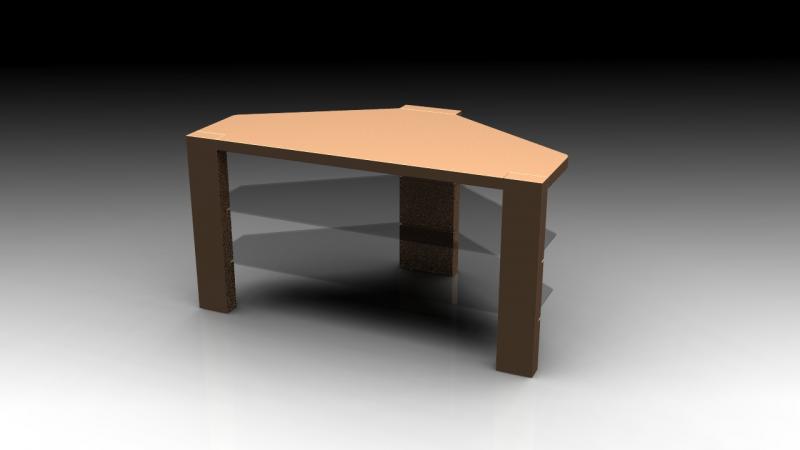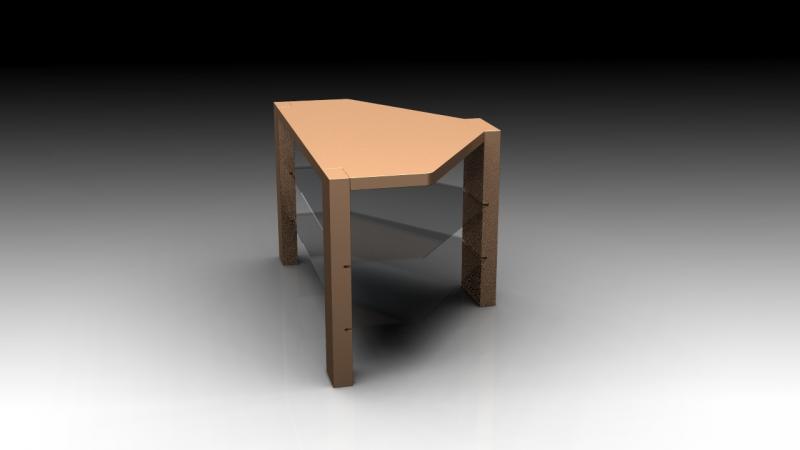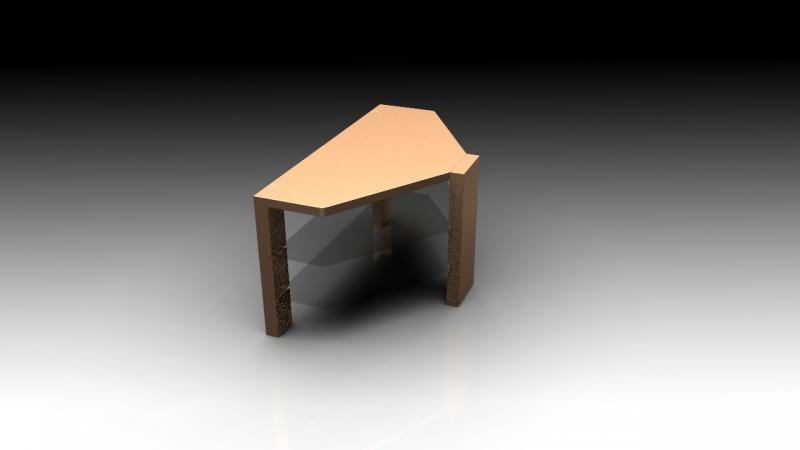I'm thinking of making a simple oak corner TV stand since I can't find one I want anywhere.
I'm not a carpenter and therefore don't have access to specialist tools etc so I really need some advice on some the best type of very simple joints, especially for joining the legs to the top but I would probably also need a way of joining at least 2 widths of wood side by side to make the top as I doubt I could buy wood in large enough widths (could be wrong though!!)
I've attached some images of the stand - I would like the ends of the legs to come flush with the top so the end grain is visible, although if this proves tricky I could change that.
Your help & advice is greatly appreciated...
Paul[/img]
I'm not a carpenter and therefore don't have access to specialist tools etc so I really need some advice on some the best type of very simple joints, especially for joining the legs to the top but I would probably also need a way of joining at least 2 widths of wood side by side to make the top as I doubt I could buy wood in large enough widths (could be wrong though!!)
I've attached some images of the stand - I would like the ends of the legs to come flush with the top so the end grain is visible, although if this proves tricky I could change that.
Your help & advice is greatly appreciated...
Paul[/img]





